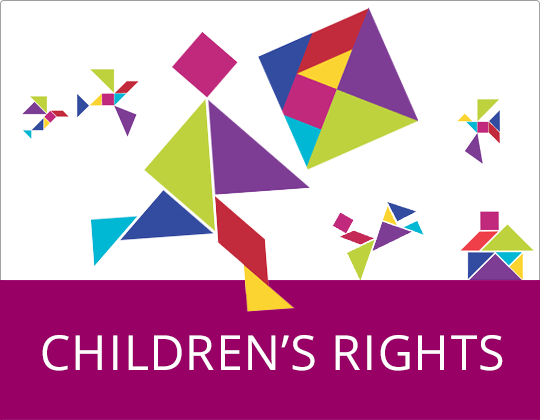On 5 June, activists and supporters celebrate World Environment Day. Children’s rights are connected in many important ways to environmental issues:
Health and life: Children’s rights to health, life and development are enshrined in the UN Convention on the Rights of the Child (Articles 6 and 24 UNCRC), while their health and protection is guaranteed by the European Social Charter (Articles 11, 17 ESC). The European Court of Human Rights’ case-law also recognises instances where individuals’ human rights have been undermined by environmental harms and risks. Despite this, the Commissioner for Human Rights observes that children are particularly vulnerable to environmental harms, including pollution and exposure to toxins.
Access to nature: Green and healthy spaces form an important part of children’s right to play (Article 31 UNCRC). The Council of Europe Recommendation on the participation of children and young people under the age of 18 underlines the importance of creating spaces for children to participate in sport and leisure. More broadly, access to nature is important for human wellbeing: it is protected by a large range of Council of Europe instruments, including the European Landscape Convention. Across Europe, however, many children - particularly from urban and lower-income backgrounds – cannot access these important spaces.
Participation and justice: Children have a right to participate in all matters which affect them (Article 12 UNCRC), to seek and receive information (Article 13 UNCRC) and to access child-friendly justice. These rights are strengthened by the Aarhus Convention. The recent Youth Climate Strikes have shown that children are engaged and want to be heard on environmental issues. As policies about the environment affect everyone, children should be systematically consulted on them: the Council of Europe’s Child Participation Assessment Tool offers concrete indicators on how to do this. Children must also be guaranteed accessible and effective remedies for environmental-related claims.
Education: Children’s education should aim at developing respect for the natural environment (Article 29 UNCRC). The Committee of Ministers Recommendation on promoting landscape awareness through education sees this as an important part of developing children’s democratic citizenship skills. Educational initiatives include the EUR-OPA Major Hazards Agreement platform, which aims, among other things, at promoting children’s awareness of environmental risks and reduction, as well as the COMPASS manual’s environmental learning resources.
The future: The mid-term evaluation of the Strategy for the Rights of the Child (2016-2021) found that member states are increasingly aware of the risks which environmental degradation poses to children’s rights. Recognising this, on 11 March 2020 the Committee of Ministers called upon member states to ensure the full realisation of the rights of the child, by securing a safe and healthy environment for them.
A joint declaration of the Chairmanships of the Committee of Ministers has also called for the Council of Europe to develop a non-binding instrument, which strengthens commitment to human rights and environmental protection.
See also UN Report on children’s rights and the environment (2018) and the child-friendly version




